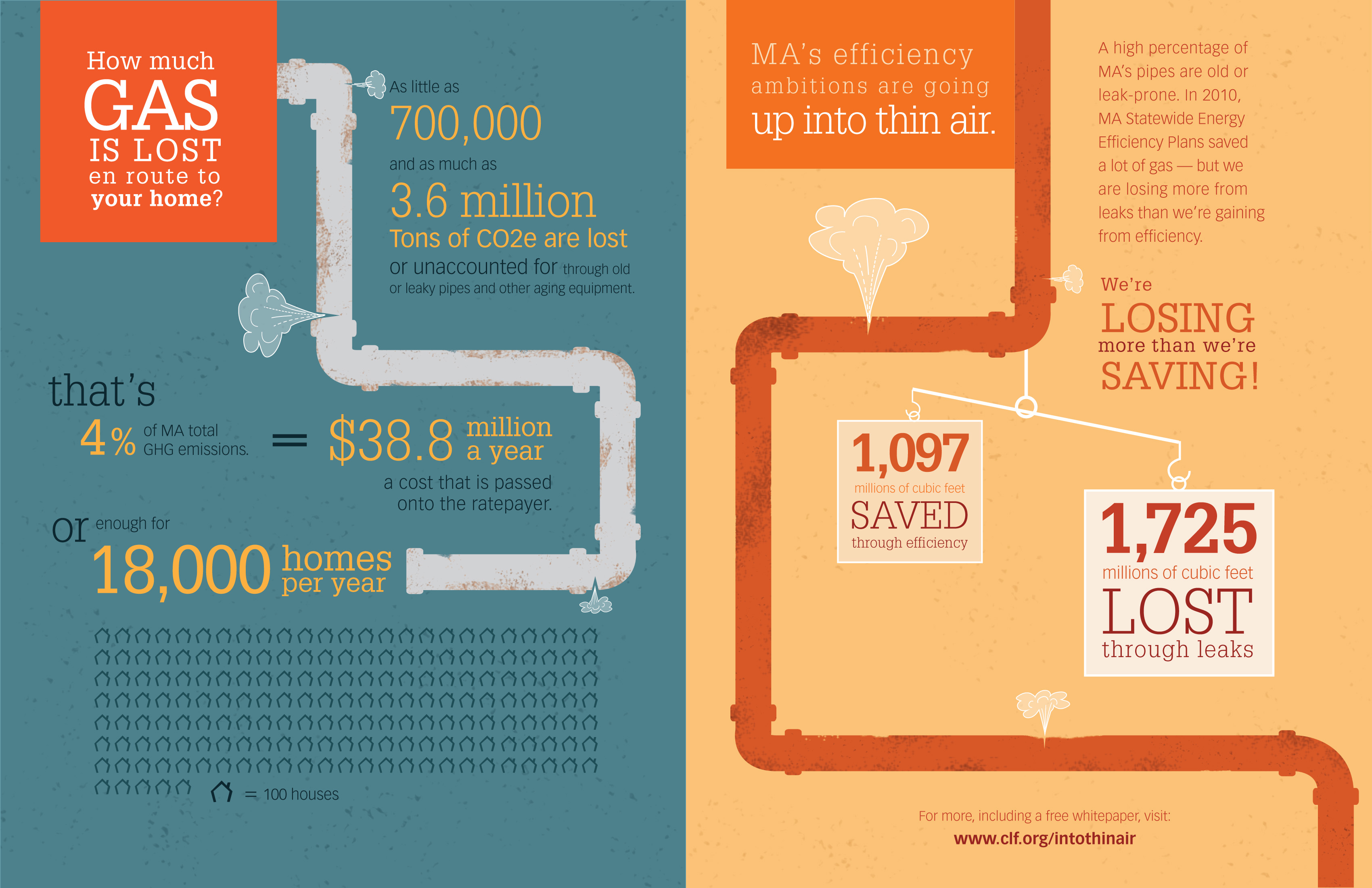Examine The Prices And Benefits Of Solar Setup To Reveal The Monetary Leads That Await Those Who Are Thinking Of This Renewable Energy Investment
Examine The Prices And Benefits Of Solar Setup To Reveal The Monetary Leads That Await Those Who Are Thinking Of This Renewable Energy Investment
Blog Article
Web Content Writer-Castro Larsen
When considering the prices of solar installation, you may question the upfront financial investment called for and whether it lines up with the prospective lasting advantages. Recognizing the complexities of these expenses and the numerous factors influencing the overall return can clarify the worth proposition of transitioning to solar energy. By reviewing both the initial arrangement costs and the forecasted savings gradually, you can gain insight into whether the financial investment in solar installment holds pledge for your financial future.
First Arrangement Expenditures
When considering the costs of solar installation, the preliminary setup expenses play a critical role in your decision-making process. These in advance costs include the cost of solar panels, inverters, installing devices, and installation labor.
The price of photovoltaic panels can vary depending upon the brand, performance, and dimension you choose. Inverters are crucial for transforming the sunlight's power into useful power and be available in various types such as string inverters, microinverters, and power optimizers, each with its own cost effects.
Placing tools, such as racks and rails, is essential to firmly set up photovoltaic panels on your roof covering or residential property.
The installment labor expense covers the expert installation of the solar system, making sure that everything is established correctly and efficiently. Bear in mind that while these preliminary setup costs may appear high, there are frequently rebates, tax obligation rewards, and funding options offered to help offset the prices and make solar installation more budget-friendly in the long run.
Long-Term Cost Savings Evaluation
To recognize the monetary benefits of solar installment in time, it's critical to conduct an extensive long-lasting cost savings analysis. While the first setup expenditures of solar panels might seem challenging, the long-term cost savings can exceed these prices considerably. By taking advantage of the power of the sun to create electrical energy for your home, you can potentially conserve countless bucks on your energy bills over the lifespan of your solar system.
Among the key variables to consider in a long-lasting financial savings analysis is the reduction in your electrical power costs. With photovoltaic panels, you can create your electrical power, reducing or even removing your dependence on the grid. This can bring about substantial savings, particularly as utility rates remain to rise.
In addition, numerous federal governments provide incentives such as tax credit reports and refunds for setting up photovoltaic panels, even more improving your long-lasting financial savings. By capitalizing on solar financing companies and maximizing your solar power manufacturing, you can appreciate significant monetary advantages for many years ahead.
Return on Investment Calculation
Considering the monetary benefits of solar installment, it's time to assess the Roi (ROI) computation. Identifying the ROI includes contrasting the complete expenses of installing a planetary system with the monetary advantages it creates over its life-span.
To calculate solar panel installers near me , divide the internet profit from the system by the total investment price and multiply by 100 to obtain a percent. The ROI formula is: (Web Profit/ Total Investment Cost) x 100.
As an example, if the complete expense of mounting a solar system is $20,000, and over its lifespan, it creates cost savings and revenues amounting to $30,000, the net profit would certainly be $10,000. Splitting your input here by the total financial investment expense of $20,000 gives a ratio of 0.5. Increasing this by 100 offers an ROI of 50%.
Typically, visit the next site suggests an extra monetarily satisfying financial investment. Aspects like government incentives, upkeep costs, and power price variations can influence the ROI of solar installations. Recognizing the ROI helps in assessing whether purchasing solar power is worth it in the long run.
Verdict
In conclusion, recognizing the prices of solar setup is essential for identifying if it is worth the financial investment. By considering initial configuration costs, carrying out a lasting cost savings analysis, and computing the roi, you can make a notified decision regarding the financial value of solar power. With the capacity for lowered utility expenses and raised power self-reliance, purchasing solar installment can be a smart choice for both your budget and the setting.
